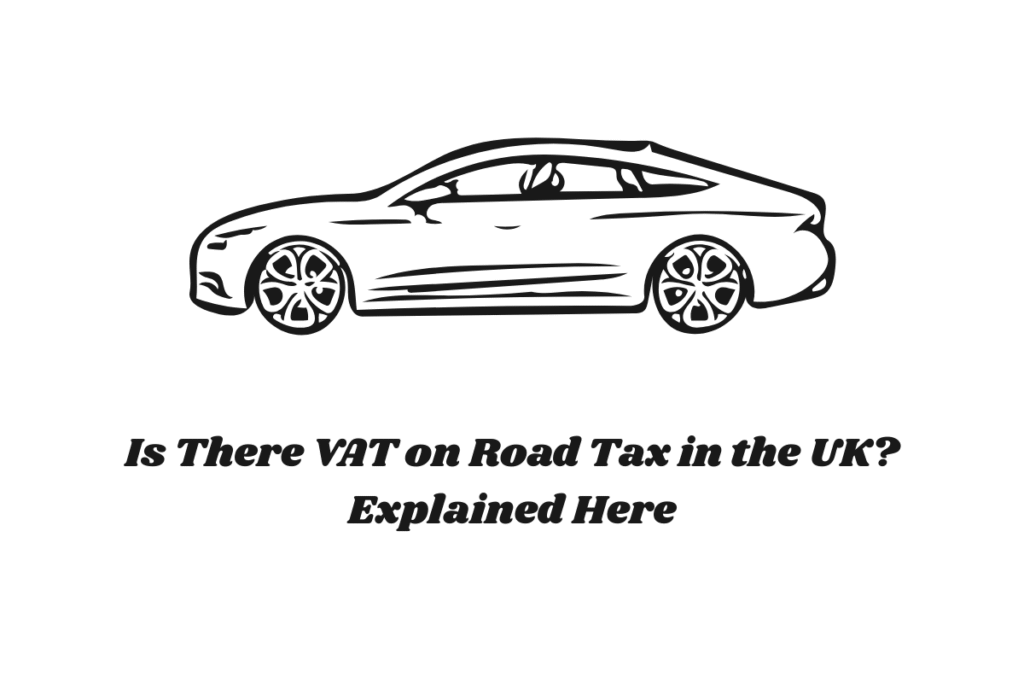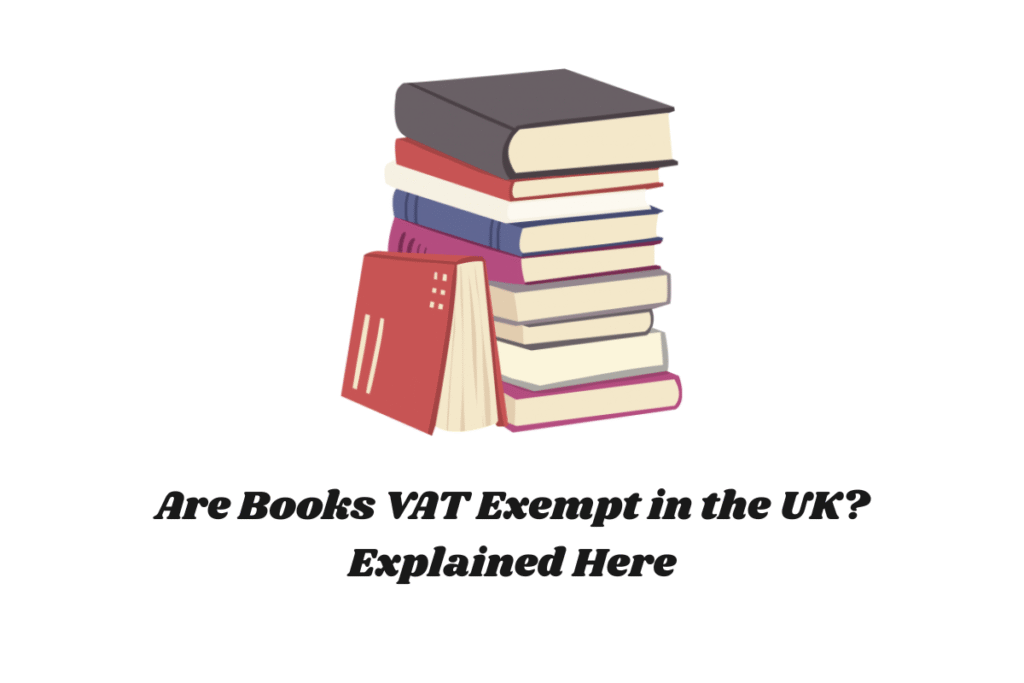What is VAT? VAT stands for Value Added Tax, a consumption tax applied to most goods and services in the UK. It is collected in incremental stages through the supply chain, ultimately borne by the end consumer.
Businesses act as collection agents for HM Revenue & Customs (HMRC), charging VAT on sales and reclaiming VAT on purchases.
Summary
“VAT is a layered consumption tax collected by businesses and paid by consumers.”
In essence, what is VAT? It is an indirect tax on spending, ensuring that every stage of production contributes tax, while avoiding double taxation through the reclaim mechanism.
Summary
“Every stage of trade contributes VAT, preventing tax duplication via reclaim.”
Why VAT Matters and Its Importance
VAT is a significant revenue stream for the UK Treasury, funding public services including healthcare, education, and infrastructure. Understanding what is VAT and how VAT works in the UK is vital for businesses and individuals alike, ensuring regulatory compliance and optimising cash flow.
Summary
“VAT is vital for public revenue and essential knowledge for business compliance.”
VAT Rates in the UK (2025)
As of the 2025/26 tax year, the UK applies three primary VAT rates:
- Standard rate: 20%, applied to the majority of goods and services.
- Reduced rate: 5%, applicable to items like home energy, children’s car seats, and certain energy-saving products.
- Zero rate: 0%, used for essential items such as most food, children’s clothing, books, newspapers, and exports.
Understanding what is VAT extends to knowing these rate variations and applying them correctly.
Summary
“UK VAT rates in 2025: 20% standard, 5% reduced, 0% zero-rated — applied per item type.”
VAT Registration Threshold and Obligations
Businesses must register for VAT once their taxable turnover exceeds £90,000 (or expect to), effective from April 2024.
They can also volunteer to register below the threshold, which can benefit cash flow and credibility.
Summary
“£90K VAT registration threshold in 2025; voluntary registration still permitted.”
How VAT Is Charged, Collected, and Reclaimed
Here’s how VAT works in the UK:
- A VAT-registered business charges VAT on its sales (output tax).
- It simultaneously pays VAT on its purchases (input tax).
- On its VAT return, the business deducts input tax from output tax and pays or reclaims the difference from HMRC.
Thus, understanding what is VAT includes recognising this reclaim mechanism that ensures VAT is paid on value added, not on the full cost each time.Summary“VAT mechanism: input VAT deducted from output VAT in returns—only value added is taxed.”
Government Updates and Compliance Changes (2025)
Several key updates affecting what is VAT in 2025 include:
a. Late Payment Penalties Increased
From 1 April 2025, late VAT payments attract higher penalties:
- At 15 days late: penalty rises from 2 to 3 percentage points.
- At 30 days: also 3 points.
- From day 31: annualised penalty increases from 4 to 10% per annum. GOV.UK
So, what is VAT must include awareness of stricter compliance timelines.Summary“VAT late-payment penalties rise significantly from April 2025—up to 10% annually.”
b. Final Return Deadline Extension
Under the Value Added Tax (Amendment) Regulations 2025, effective from 13 June 2025, HMRC gains the legal power to extend deadlines for final VAT returns for deregistering businesses. GOV.UK
Thus, what is VAT involves understanding flexible compliance options during deregistration.
Summary
“Regulations from June 2025 allow HMRC to extend final return deadlines upon request.”
c. VAT Treatment on Pension Fund Management
Published 18 June 2025, HMRC’s “Revenue and Customs Brief 4 (2025)” clarifies that employers can reclaim all VAT on pension fund investment management costs, without needing to split with trustees—so long as the service provider is VAT-registered. GOV.UK
This highlights a nuanced aspect of what is VAT in complex service areas.
Summary
“Employers can reclaim full VAT on pension fund management costs under new 2025 guidance.”
d. VAT Road Fuel Scale Charges
From 1 May 2025 to 30 April 2026, updated HMRC guidance requires businesses to use new CO₂-based scale charges (including VAT) to account for private fuel use in company vehicles. GOV.UK
This update is part of how VAT works in the UK for transportation and benefit-in-kind accounting.
Summary
“New VAT-inclusive scale charges for business vehicle fuel based on CO₂ emissions apply from May 2025.”
e. EV Charging VAT Reforms (Proposed)
A bill in Parliament proposes VAT exemption for public EV charging points, potentially saving drivers up to £211 annually if enacted. This reflects evolving environmental policy intersecting with what is VAT..
Summary
“Potential VAT exemption for public EV chargers under review—could save drivers ~£200/year.”
Calculation Example: VAT in Practice
Suppose a photographer invoices £1,000 + VAT on a standard-rate service. The total invoice is £1,200. If using the Flat-Rate Scheme at 11%, the photographer pays £132 to HMRC (11% of £1,200)—possibly benefiting from simplified accounting. GOV.UK
This calculation illustrates what is VAT and how simplified schemes function.
Summary
“Example: Invoice £1,000 + VAT = £1,200; flat-rate scheme charges 11% → £132 to HMRC.”
VAT and the Supply Chain: Avoiding Double Taxation
VAT’s design ensures that at each supply stage, businesses charge VAT but reclaim VAT paid upstream. Only the “value added” at each stage is taxed. Consumers bear the final cost when purchasing VAT-inclusive priced items.
This clarifies what is VAT as a fair, chain-wide consumption tax.
Summary
“VAT charges at each stage are offset by reclaims—so only value added is taxed, borne by end consumer.”
Where to Find Credible Resources
For authoritative guidance on VAT basics and updates, refer to HMRC and GOV.UK sources:
- HMRC’s official VAT rates and rules page, explaining standard, reduced, and zero rates. GOV.UK
- GOV.UK guidance on VAT thresholds and when to register/deregister. GOV.UK
- Revenue and Customs Brief 4 (2025) on pension fund VAT reclaim. GOV.UK
- VAT penalty reform details effective 1 April 2025. GOV.UK
- VAT Amendment Regulations 2025 regarding final return extensions. GOV.UK
These add credibility and depth to your article, aligning with Google’s E-E-A-T standards.
Summary Table: Key 2025 VAT Facts
| Topic | Key Detail (2025) |
| What is VAT? | A consumption tax on goods/services, paid by consumers, collected via businesses. |
| Standard Rate | 20% |
| Reduced Rate | 5% (e.g., children’s car seats, home energy, etc.) |
| Zero Rate | 0% (e.g., most food, children’s clothes, books, exports) |
| Registration Threshold | £90,000 taxable turnover |
| Late Payment Penalties | Up to 10% p.a. from day 31 late (from 1 April 2025) |
| Final Return Deadline Extension | HMRC can extend deadlines (from 13 June 2025) |
| Pension Fund VAT Reclaim | Full reclaim on investment management costs (2025 briefing) |
| Fuel Scale Charges (Company Cars) | New CO₂-based VAT-inclusive scales (from 1 May 2025) |
| EV Charging VAT Reform | Proposed exemption for public EV charging points |
Conclusion: Why “what is VAT” Matters Now
In 2025, understanding what is VAT is more essential than ever. With evolving compliance rules—like higher penalties, pension fund VAT reclaim, final return flexibilities, and greener transport VAT updates—accurate and up-to-date knowledge is vital for businesses, accountants, and content creators.
Disclaimer: The tools and content on TaxCalculatorUK are for informational purposes only and do not constitute tax or financial advice. Our calculators provide basic estimates and may not reflect the latest tax laws.
We recommend consulting a certified tax professional or the HM Revenue and Customs Dept (HMRC) for accurate guidance. TaxCalculatorUK is not responsible for any decisions made based on the information provided.


